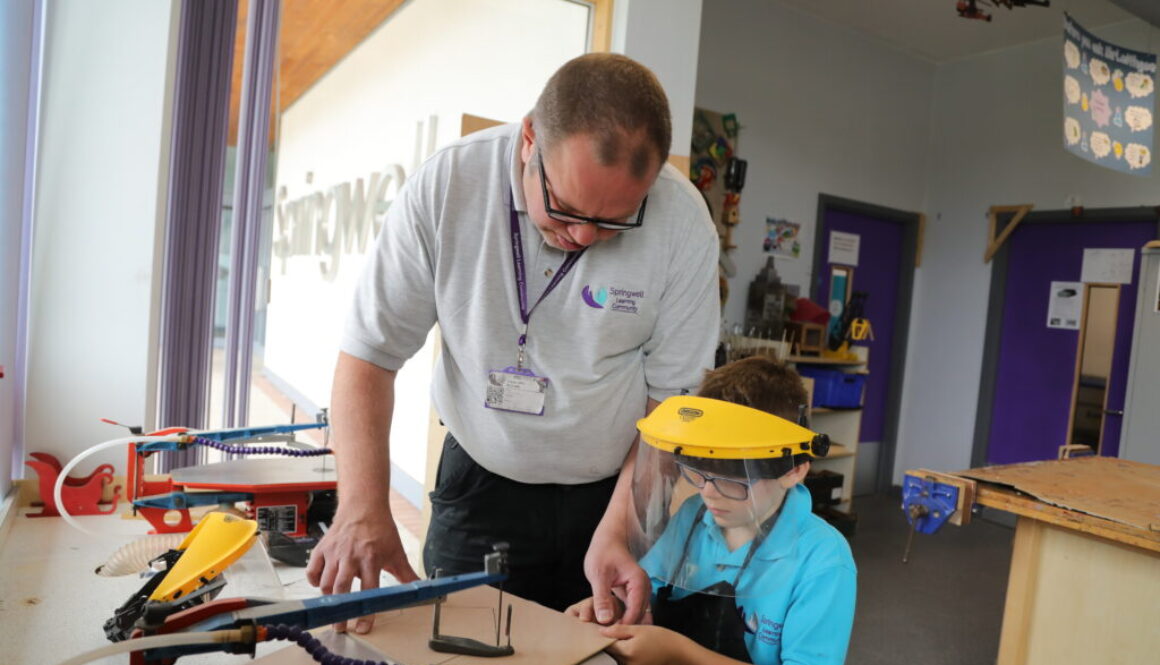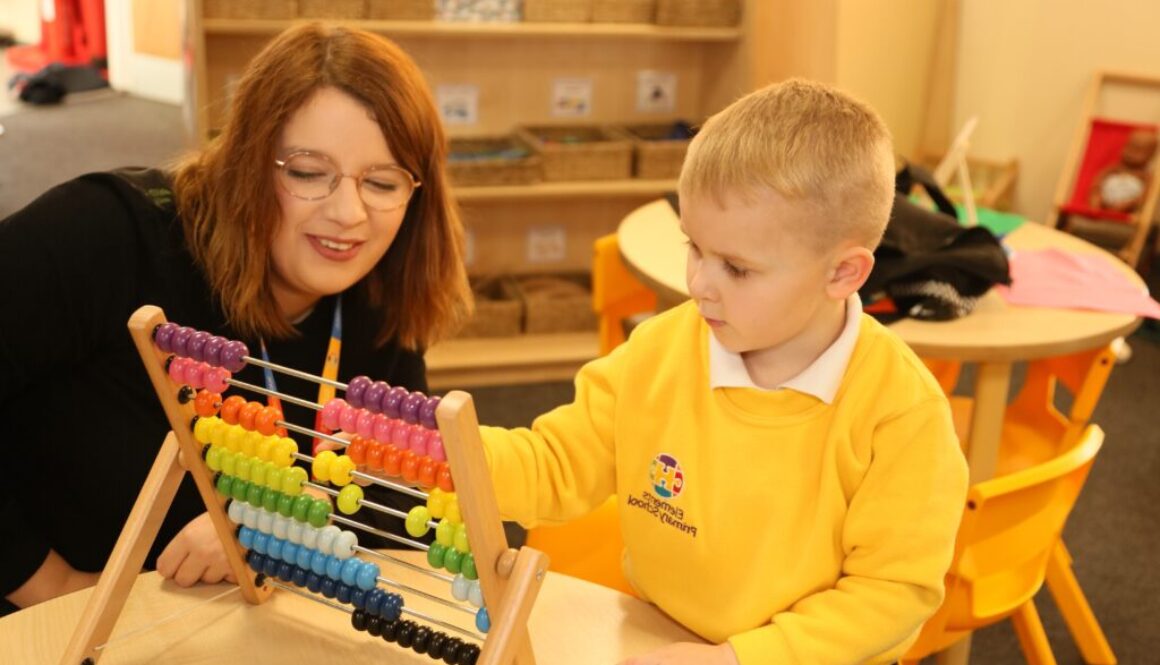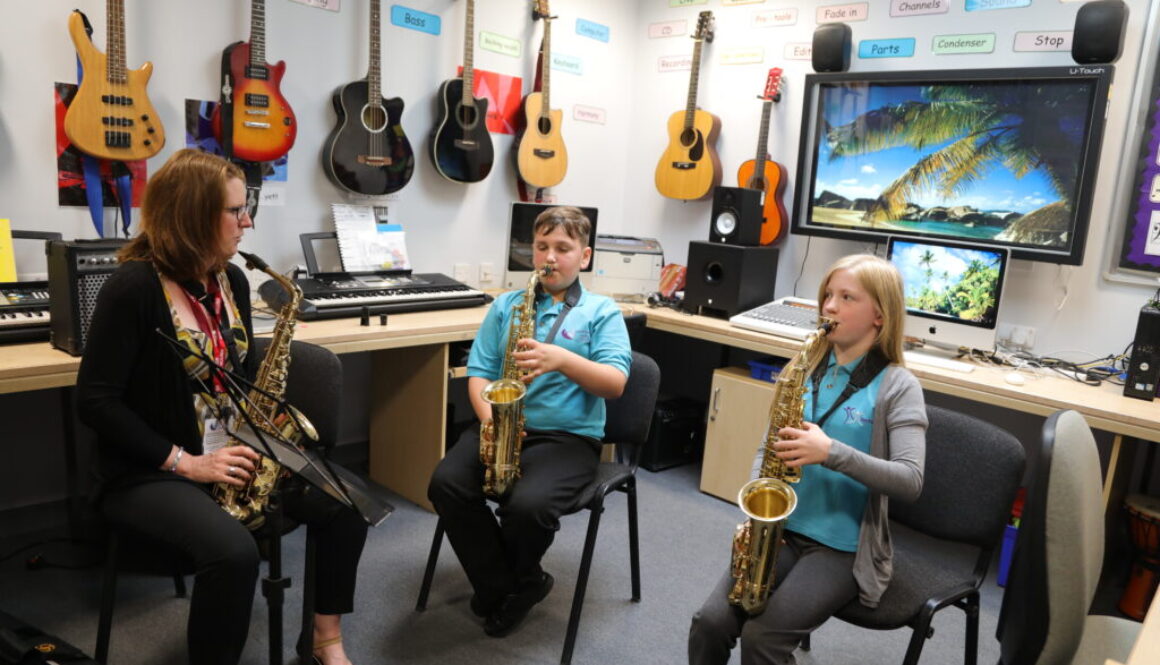Exploring Musical Development: The Model Music Curriculum
By Lee Spink
Music has the power to transcend boundaries and connect people on a profound level. Recognising its importance, educators are embracing the DfE’s Model Music Curriculum (MMC) to guide students through a comprehensive musical journey. In this blog, we will delve into the significance of such a curriculum and how it plays a pivotal role in shaping well-rounded individuals with a deep appreciation for the art of sound.
The Model Music Curriculum is a structured framework designed to provide a well-rounded music education to students of all ages. It encompasses various elements, including music theory, history, performance, and composition. By blending these components, the curriculum aims to nurture not only skilled musicians but also individuals who can critically engage with and appreciate the diverse world of music.
- Understanding Music Theory:
The MMC places a strong emphasis on developing a solid foundation in music theory. Students are introduced to the interrelated dimensions of music such as rhythm, harmony, melody, and form. This knowledge serves as the scaffolding upon which their musical skills will be built.
- Exploring Musical History:
Delving into the rich tapestry of musical history, students gain insights into different genres, eras, and cultural influences. This historical context not only enhances their understanding of music but also fosters cultural awareness and appreciation.
- Performance Excellence:
The MMC encourages active participation in musical performance. Whether through singing, playing an instrument, or engaging in ensemble activities, students are provided with ample opportunities to develop their skills and confidence in expressing themselves through music.
- Fostering Creativity Through Composition:
An essential aspect of the MMC is the promotion of creativity through composition. Students are empowered to create their own music, exploring their unique voice and style. This not only nurtures their artistic expression but also instils a sense of ownership and pride in their musical endeavours.
Benefits of the Model Music Curriculum:
- Holistic Development:
By incorporating theory, history, performance, and composition, the MMC ensures a holistic approach to musical education. Students are not only performers but also thinkers, creators, and appreciators of music.
- Cultural Enrichment:
The curriculum’s focus on musical history and diversity introduces students to a wide range of cultural expressions. This exposure fosters a global perspective, encouraging students to appreciate the rich cultural heritage embedded in different musical traditions.
- Transferable Skills:
Beyond the realm of music, the MMC cultivates transferable skills such as discipline, teamwork, and creativity. These skills are invaluable in various aspects of life, contributing to the overall development of well-rounded individuals.
- Inclusivity and Accessibility:
The MMC is designed to be inclusive, catering to students with varying levels of musical experience and different learning styles. This ensures that every student has the opportunity to engage with and benefit from the curriculum.
Using Charanga to Support the MMC
If you are looking for a user-friendly solution to teaching music in your school, Charanga is an online platform that offers music education resources and tools for teachers, students, and parents in both primary and secondary schools. It is designed to support the teaching of music in schools and can be aligned with the Model Music Curriculum (MMC).
What does Charanga offer?
- Comprehensive Curriculum:
Charanga provides a comprehensive music curriculum that aligns with national standards, making it a suitable resource for implementing the MMC. The platform covers various aspects of music education, including theory, history, performance, and composition.
- Interactive Lessons and Activities:
The platform offers interactive lessons and activities that engage students in a variety of musical experiences. Charanga’s multimedia content, such as videos, interactive quizzes, and virtual instruments, can make learning more dynamic and enjoyable for students.
- Differentiated Learning:
Charanga allows for differentiated learning experiences, catering to students with varying levels of musical proficiency. The platform provides resources and tools that can be adapted to meet the needs of individual learners, ensuring inclusivity in music education.
- Assessment and Progress Tracking:
Charanga includes features for assessment and progress tracking. Teachers can use the platform to evaluate individual student performance, track their progress, and provide feedback. This aligns with the MMC’s goal of monitoring students’ development in various musical skills.
- Integrated Technology Tools:
The platform incorporates technology tools that enhance music education. Charanga enables students to use digital instruments, compose music electronically, and engage in collaborative projects, aligning with the technological aspects emphasised in the MMC.
- Incorporation of World Music:
Charanga includes a diverse range of musical genres, including world music. This aligns with the MMC’s emphasis on cultural enrichment and provides students with opportunities to explore and appreciate music from different parts of the world.
- Professional Development for Teachers:
Charanga offers professional development resources for all teachers – specialist or not. This helps educators stay informed about the latest trends in music education, align their teaching practices with the MMC, and continuously improve their skills.
- Accessibility and Inclusivity:
The platform is designed to be accessible and inclusive, catering to a wide range of learners. This aligns with the MMC’s commitment to providing a music education that is accessible to all students, regardless of their background or abilities.
- Parental Involvement:
Charanga facilitates parental involvement in students’ music education. The platform provides resources and information that parents can use to support their children’s musical learning at home, fostering a collaborative approach to music education.
- Community and Collaboration:
Charanga offers a community aspect where teachers can collaborate, share ideas, and access additional resources. This collaborative environment aligns with the MMC’s encouragement of teamwork and a supportive community within the music education space.
In summary, Charanga serves as a valuable tool for implementing the Model Music Curriculum by providing a comprehensive, interactive, and inclusive platform that supports teachers and engages students in diverse musical experiences.














